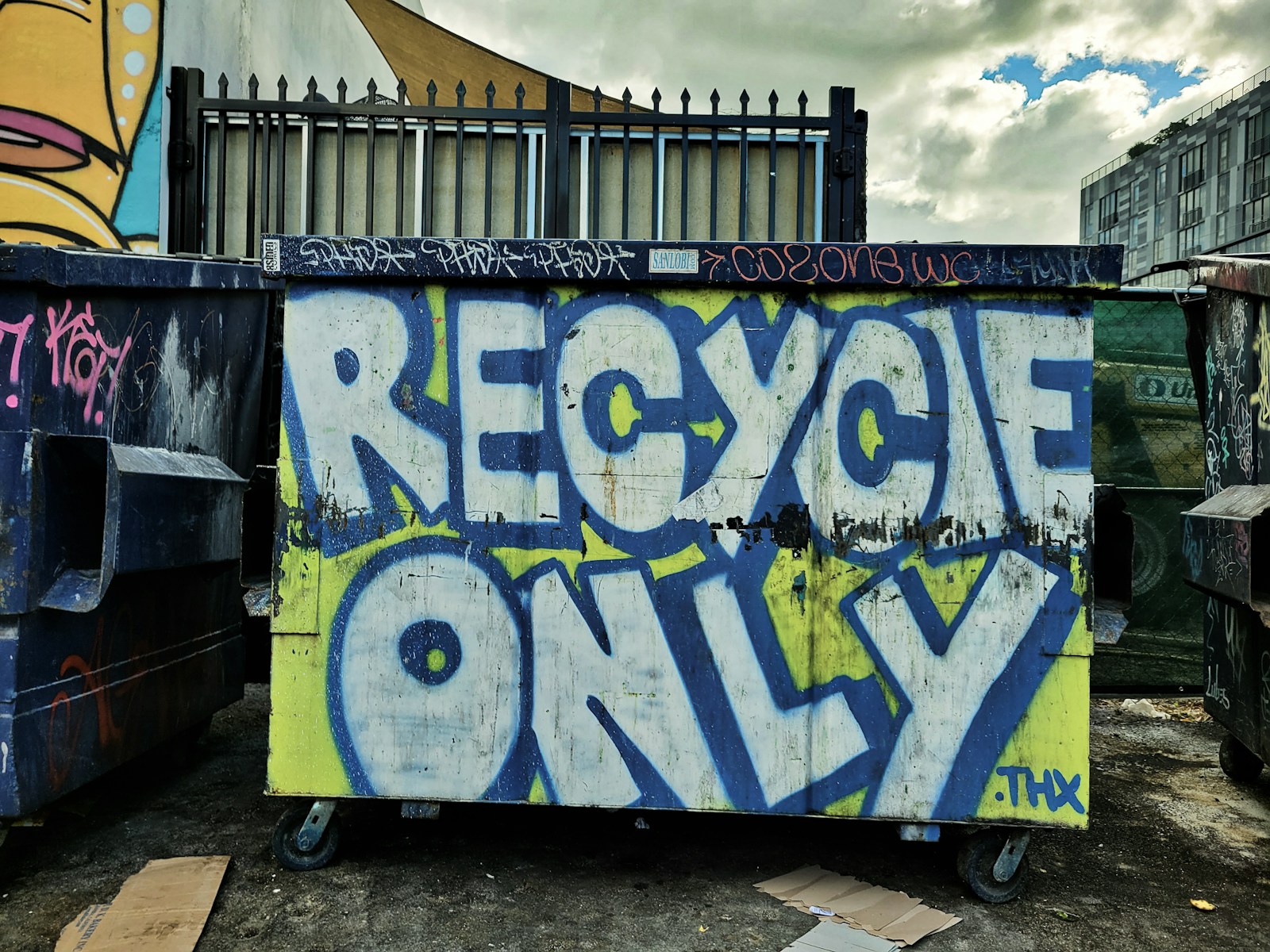Putting a Price Tag on Nature: The Dangerous Economics of Valuing Biodiversity

The world is facing a biodiversity crisis that is as severe as the climate crisis, yet it receives a fraction of the attention. Species are disappearing at an alarming rate, and ecosystems are collapsing, threatening the very life-support systems of the planet. For decades, the conservation movement has been driven by a moral and ethical argument: that we have a duty to protect nature for its intrinsic value. But this argument has largely failed to halt the destruction. Now, a new, more pragmatic, and far more controversial approach is gaining ground: to save nature, we must first put a price on it. This is the world of "natural capital," a framework that attempts to value the services nature provides and integrate them into our economic system.
The core idea of natural capital is to reframe our perception of the environment. Instead of seeing a forest as just a source of timber, we should see it as a valuable asset that provides a wide range of "ecosystem services." These include tangible benefits like clean water filtration, flood control provided by wetlands, and crop pollination by insects, as well as less tangible ones like climate regulation through carbon sequestration and opportunities for recreation and tourism. By quantifying these services in monetary terms, economists argue, we can make the economic case for conservation. A corporation looking to build a factory on a wetland, for example, would have to account for the economic cost of the lost flood protection services, making the project less financially attractive.
This economic framing is now evolving into the creation of new markets. The most established of these are carbon markets, where companies can buy credits to offset their emissions by paying for projects that protect or restore forests. More recently, we are seeing the emergence of "biodiversity markets." In this model, a company whose development project will destroy a habitat can be required to purchase "biodiversity credits" from a landowner who has committed to restoring or permanently protecting a similar habitat elsewhere. In theory, this "no net loss" approach allows for economic development while ensuring that the total amount of a certain type of habitat is preserved.
The appeal of this market-based approach is clear. It speaks the language of business and government, translating complex ecological value into the simple, powerful metric of money. It creates a potential funding stream for conservation that is not reliant on government budgets or philanthropy. It could, in theory, unleash the power of capital markets to protect and restore nature at a scale that has been previously unimaginable.
However, the dangers and ethical complexities are profound. Can we truly capture the value of a centuries-old ecosystem in a single dollar figure? The process is fraught with uncertainty and assumptions. How do you value the cultural significance of a sacred grove or the simple joy of hearing birdsong? These are things that are priceless, yet in a market-based system, things that are priceless are often valued at zero.
Furthermore, the concept of "offsetting" is highly problematic. Can the destruction of a pristine, complex, and long-established ecosystem in one location truly be compensated for by protecting or restoring a different piece of land elsewhere? Many ecologists argue that it cannot. A restored habitat may take decades or centuries to replicate the intricate web of life found in the original, if it ever does. This creates a risk that biodiversity markets could simply provide a convenient license for corporations to destroy nature while claiming to be environmentally responsible.
The debate over pricing nature is one of the most critical conversations in modern environmentalism. A purely economic view of the natural world is a bleak and impoverished one. Yet, ignoring the economic drivers of destruction is a recipe for continued failure. Perhaps the most constructive path forward is to see these economic tools not as a replacement for a conservation ethic, but as a supplement to it. We must be deeply skeptical of any system that claims to have perfectly priced the priceless. But if we can harness these market mechanisms carefully, with strong regulation and scientific oversight, they may be a flawed but necessary tool to help us navigate the perilous task of saving the living planet.



